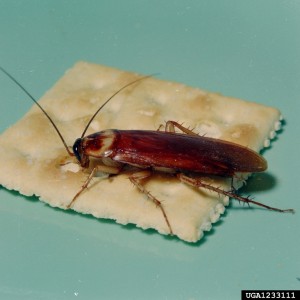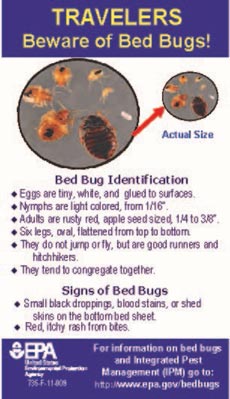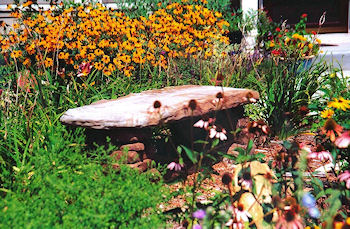Keeping Our Communities Safe from Pesticide Poisonings
By Jim Jones
You might remember hearing the tragic news in 2015 about a Delaware family vacationing in the U.S. Virgin Islands that had their lives changed forever when they were poisoned by a fumigant illegally applied in their rental complex.
… Or the Florida boy in 2016 who suffered brain damage after his home was fumigated with pesticides.
Each time we hear about such tragic cases of pesticide poisoning, the obvious question is, “how can we prevent this from happening again?”
To try to do just that, we took action this week to strengthen the standards for workers who apply certain pesticides called “restricted use pesticides.” These pesticides require special handling and are not available for purchase or use by the general public.
If stronger standards had been in place incidents like these might have never happened in the first place. We need stricter standards and oversight to ensure pesticides are not misapplied so that our families are safe and are spared from the illnesses and pain caused by preventable exposure to pesticides.
EPA’s final rule raises the standard for peoples who buy and use restricted use pesticide by requiring:
- New, specialized licensing for workers using certain application methods that can pose greater risks if not handled properly, such as fumigation and aerial application. This is in addition to general training and certification.
- A minimum age requirement of 18 years old to be able to apply restricted use pesticides.
- Re-certification at least every 5 years by taking training and/or passing an exam to make sure worker knowledge is up-to-date on applying them safety to protect themselves and the public. Changes in labeling and application technology will also be covered.
- First time annual safety training and increased oversight for persons working under the direct supervision of a certified applicator. Workers will also learn how to reduce take-home pesticide exposure to protect their families.
- Record-keeping for two years by the pesticide dealer of the product sold, the seller, and the certified applicator buying the product. The dealer must also get verification that the buyer is certified before selling the product.
Pesticides are often necessary to protect human health and the environment from a number of pests, such as rodents or mosquitos carrying disease or termites causing damage that could compromise the structural integrity of buildings. They are often necessary to produce a reliable, abundant and wholesome food supply. EPA puts all pesticides through a rigorous evaluation before they can be bought and used safely in accordance with the label, and advises that they should be used as part of a comprehensive Integrated Pest Management approach.
Now, with the new, improved training and certification, those who apply “restricted use” pesticides will be more knowledgeable and equipped to use these pesticides safely. Risks will be reduced for the individuals applying these pesticides in their jobs, for their families and communities and the environment.













